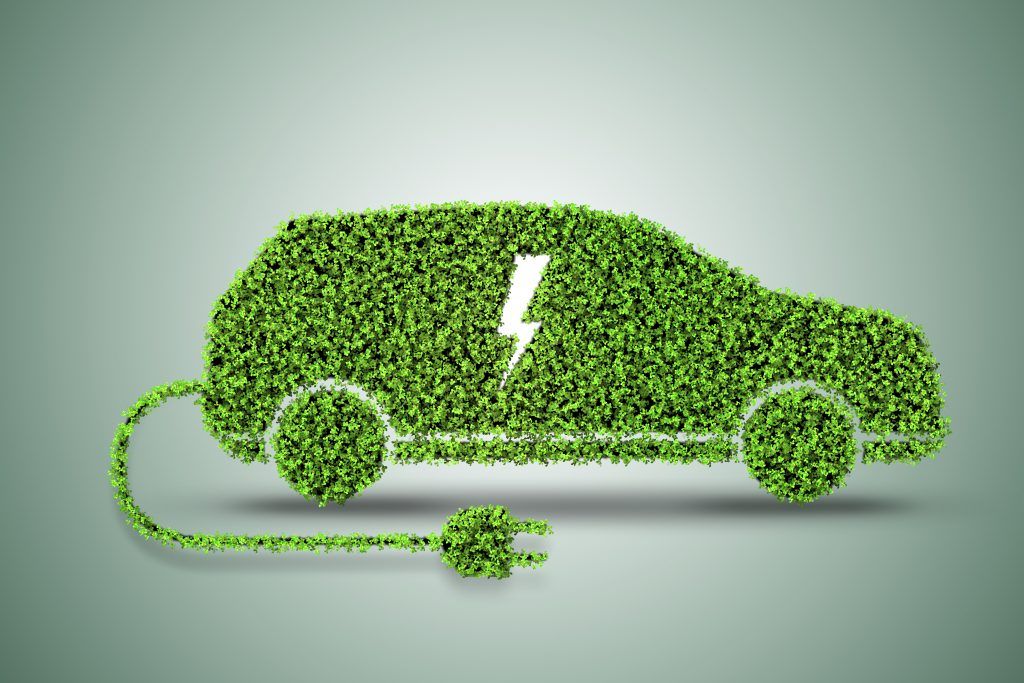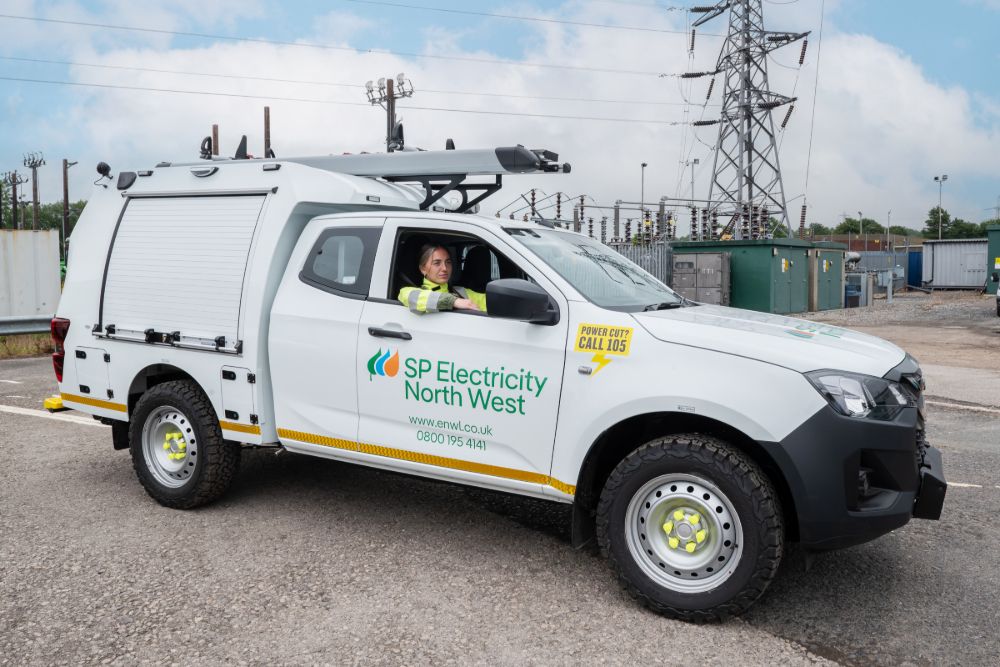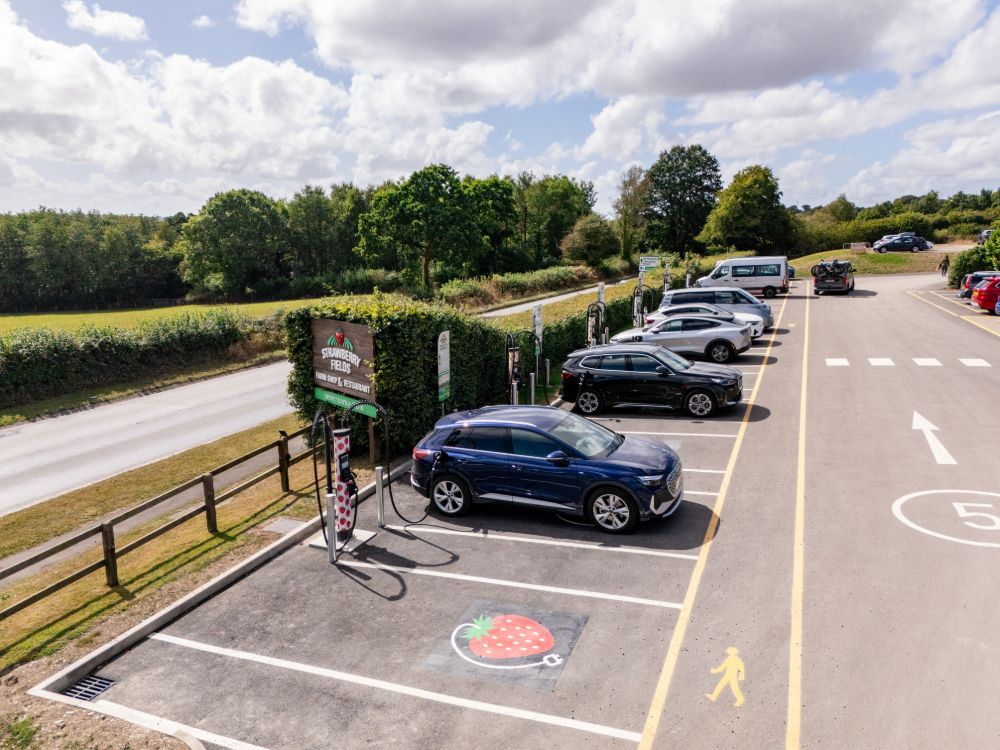A new global report released today by international non-profit, The Climate Group, has found that most buses and light duty fleet vehicles can switch to EVs in leading markets by 2030.
Doing so would deliver transformational benefits on top of significant carbon cuts, including for health, infrastructure and battery innovation.
The analysis, which was carried out in partnership with global sustainability consultancy SYSTEMIQ, sets out to understand the impact of businesses and governments accelerating the electrification of their fleet vehicles.
Calculations show that buses and light-duty vehicle fleets make up a fifth (21%) of vehicles on the road yet contribute to a quarter (26%) of road transport emissions. At present, fleet vehicles are being left behind in the electrification race as the majority of EVs driven today are privately owned passenger vehicles, while just 11% are part of fleets.
By modelling a high ambition scenario where the vast majority of new bus and light-duty fleet vehicle sales are EVs by 2030, the report shows that faster electrification is possible and would have far-reaching impacts.
Helen Clarkson, CEO of Climate Group, said: “Businesses, governments and public sector organisations have about half a billion light duty vehicles in their fleets around the world. By switching these vehicles to electric, these organisations can use their purchasing power to drive us to a better future.
“Not only can fleets electrify faster, but crucially it would help to bring about a wider shift to clean road transport by supercharging demand, boosting infrastructure and growing the used EV market, making them more readily available and affordable for consumers. As we head towards COP26, we need the right commitments, policy support and investment to make faster fleet electrification a reality.”
COP26 President-Designate, Alok Sharma, said: “Reaching net zero by the middle of the century requires a step change across all sectors. And switching to electric vehicles is a crucial part of the action we need to take to hit this goal and keep the target of limiting global temperature rise by 1.5°C alive.
“I am encouraged by research such as this which shows that change is within reach. We must all work together ahead of COP26, and beyond, if we are to secure a greener future.”
Accelerating the electrification of fleets could cumulatively avoid over 3 billion tonnes of carbon dioxide (3.1 GT CO2e) by 2030, when compared to the BloombergNEF Electric Vehicle Outlook 2020. This emissions saving is similar to the current annual contribution of India, the world’s third highest emitter.
On top of this, the positive knock-on effects of fleet electrification, such as a bigger used EV market, would contribute savings of a further 700 million tonnes of carbon dioxide, resulting in a total combined reduction close to the annual emissions of the European Union. (3.8 GT CO2e).
The used car market for EVs would be around 40% larger in 2030 and over 70% larger in 2040, under this accelerated scenario. This would mean an extra 7.2 million second-hand EVs on the market in 2030, increasing choice and affordability for individuals and organisations without ready access to finance.
As EVs help to reduce transport-related air pollution, the accelerated scenario would avoid an estimated 120,000 premature deaths annually in 2030, with the greatest benefit occurring in densely populated urban areas in the Global South. This would also help to save on global healthcare costs caused by air pollution, which contributes to trillions of dollars of spending every year.
Meeting charging demand under this accelerated scenario would on average require an extra 14,000 charging units to be installed every day through to 2030, over and above current projections. This means that faster fleet electrification would result in an additional four million public chargers being built – enough to meet the needs of 29 million EVs.
As the accelerated scenario would mean greater EV demand, this would lead to battery costs being a further 14% cheaper by 2030 than has been forecast, thanks to advances in the efficiency of production. This would also help to bring forward the tipping point where EVs reach purchase price parity with equivalent internal combustion engine (ICE) vehicles by around one year, with this occurring as early as 2023 in some markets and vehicle categories.
To ensure the accelerated scenario is achievable, it has been stress-tested against potential constraining factors that could limit EV growth. These include the availability of raw materials for batteries, such as lithium carbonate, as well as installed battery manufacturing capacity.
The report also highlights that the right commitments, policy support and additional investment will be required to make faster fleet electrification a reality, providing clear recommendations for governments, investors and businesses.
For example, businesses and governments that own and operate vehicles can commit to EVs today, sending a demand signal to help trigger investments in increased production capacity from automotive manufacturers and within the battery value chain.
Global initiatives such as EV100, led by the Climate Group, are helping to aggregate this demand. Through EV100, there are now over 100 corporates with some of the world’s largest fleets, including BT Group, LeasePlan and Siemens, committed to transition more than 5 million light duty vehicles to electric by 2030.
Image: Shutterstock








